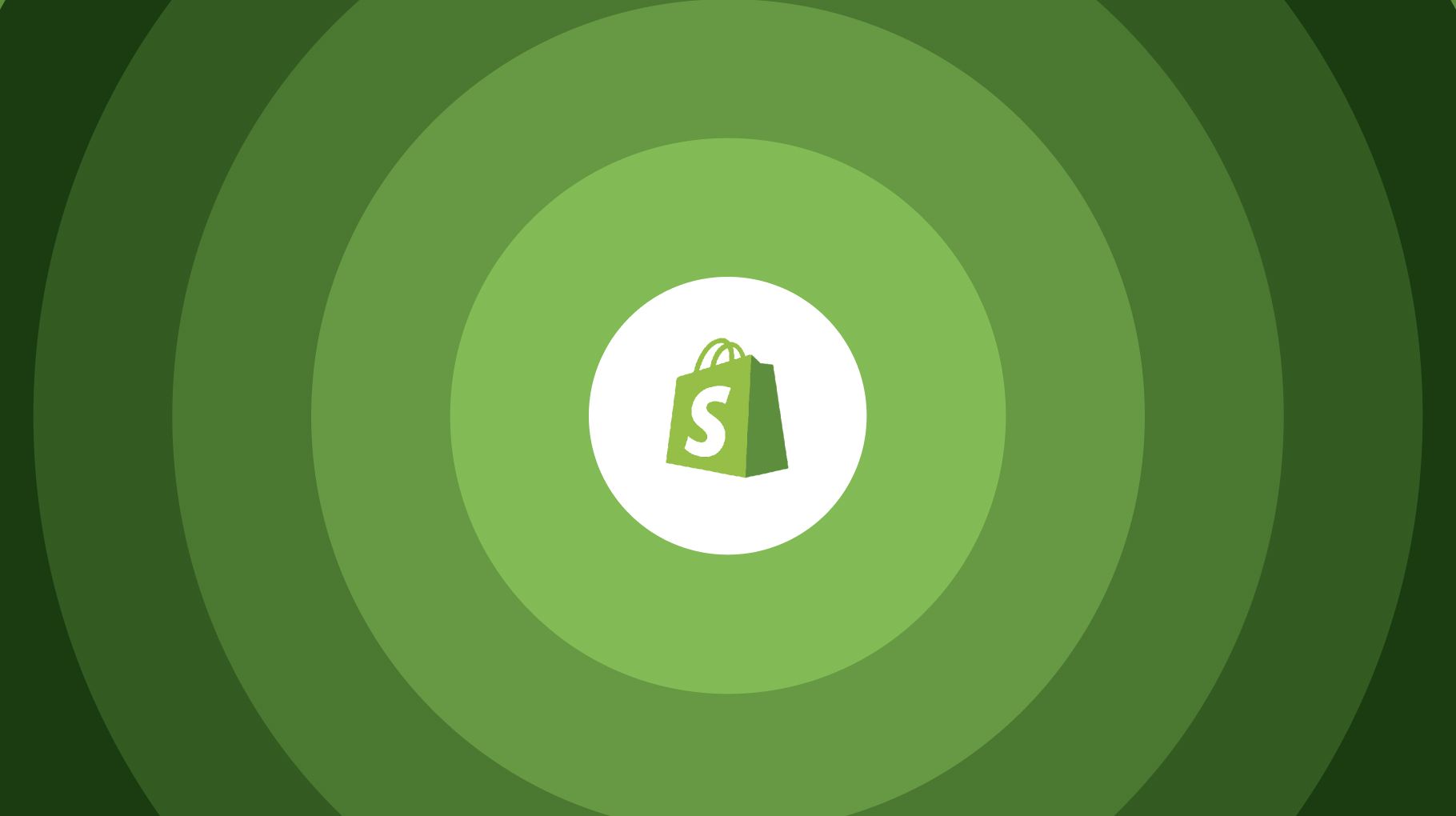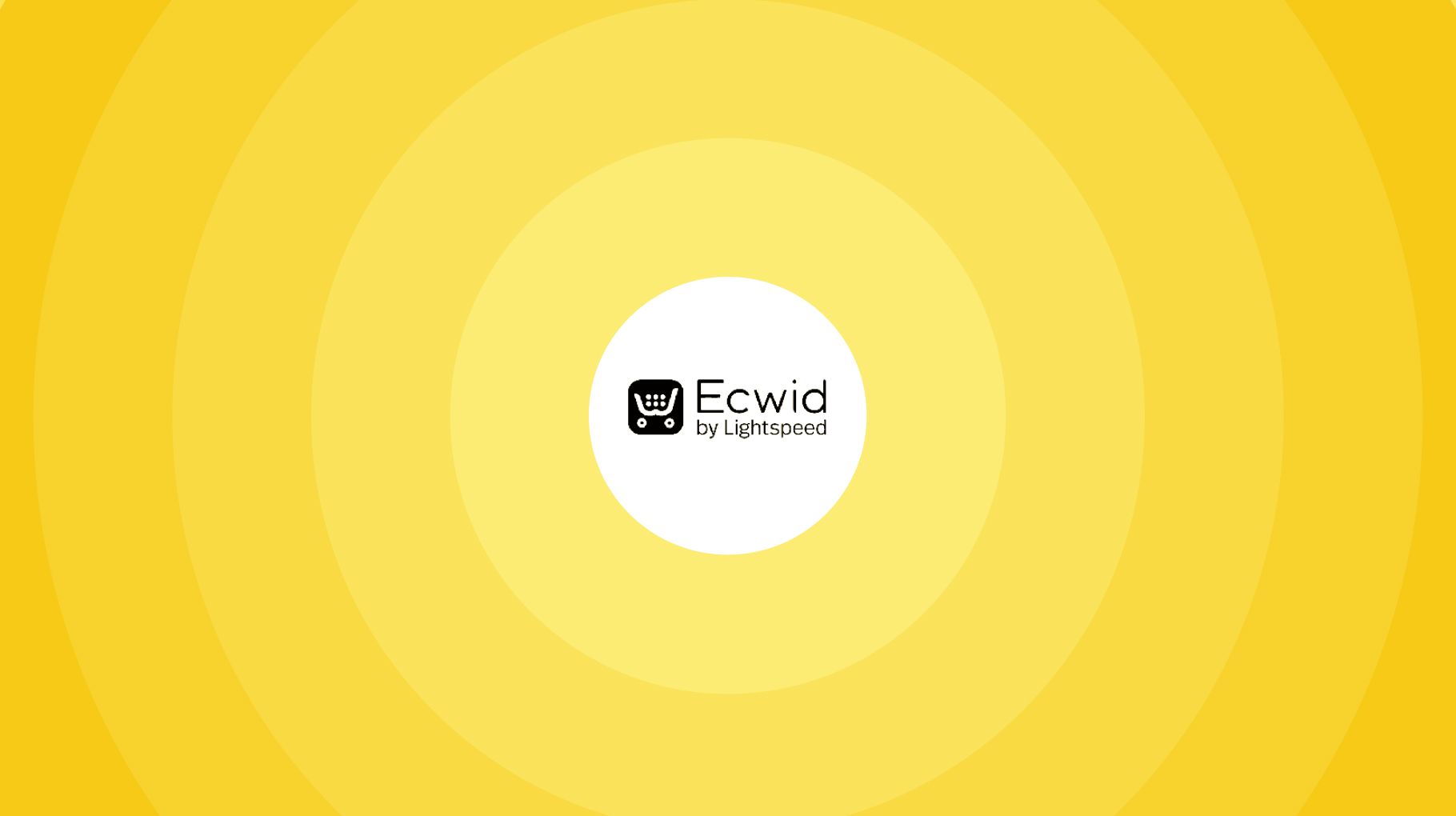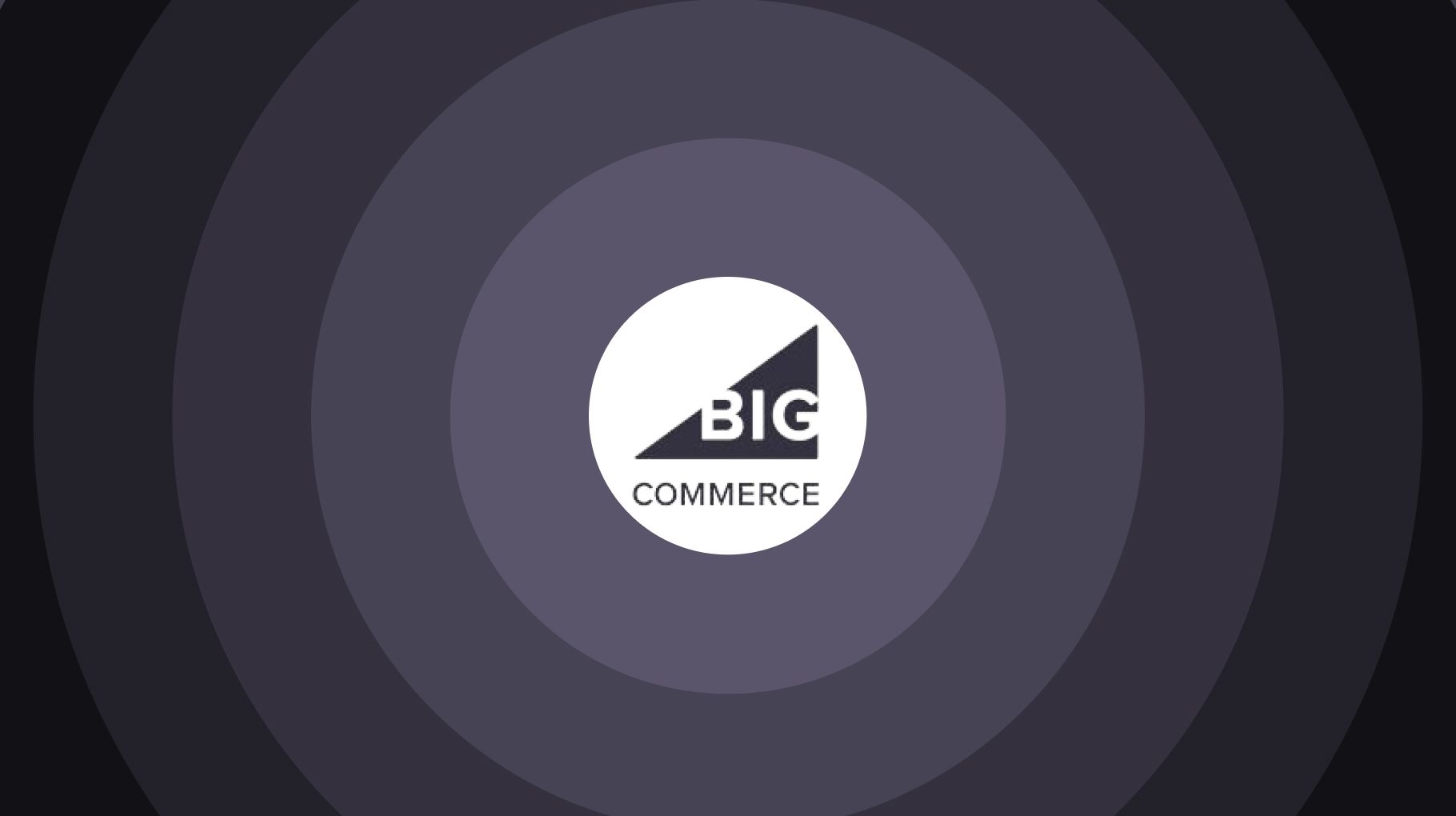E-Commerce Industry Revenue and Growth Statistics (2023)
Some Amazing Facts About E-commerce
- Retail e-commerce sales have surpassed 6 trillion USD worldwide.
- E-commerce's share of total global retail sales is over 20%.
- India is the fastest-growing retail e-commerce market by CAGR.
- E-commerce exceeded 5.7 trillion USD in 2022, reshaping global retail.
- Online marketplaces, led by Amazon, dominate the e-commerce landscape.
- In 2023, smartphones drove over 70% of retail website visits.
- Leading marketplaces are key sources of inspiration for online shoppers.
- Fashion and electronics lead in B2C e-commerce sales.
- Most visited online retail website: Amazon.com
- Market cap of Amazon.com: 857 billion USD
- Online marketplace with the biggest GMV: Taobao
- Fashion retail e-commerce market: $3.6 trillion
- Consumer electronics e-commerce market: $0.8 trillion
- Toys, hobby & DIY e-commerce revenue: $0.7 trillion
- Average online spend per shopper per visit: $2.3 USD.
- Mobile online retail traffic share: 74%.
- The average online conversion rate in the U.S.: 2.3%.
- The most popular online retail payment method: digital/mobile wallet.
- Share of digital/mobile wallets in total e-commerce transaction value: 49%.
What is the E-commerce share of the global retail sales (percentage)?
In 2022, e-commerce made up 19% of global retail sales. By 2027, it's expected to reach 23%. This reflects the ongoing growth of online shopping in the retail sector.
| Year | Percentage of E-commerce Share of Retail Sales |
|---|---|
| 2027 | 23% |
| 2026 | 22.2% |
| 2025 | 21.2% |
| 2024 | 20.3% |
| 2023* | 19.5% |
| 2022 | 18.9% |
| 2021 | 18.9% |
| 2020 | 17.8% |
| 2019 | 13.8% |
| 2018 | 12.2% |
| 2017 | 10.4% |
| 2016 | 8.6% |
| 2015 | 7.4% |
Source: Statista
What are the sales and projections for the E-commerce industry?
Global e-commerce sales hit $5.2 trillion in 2021, with a projected growth of $8.15 trillion by 2026.
| Year | E-commerce Industry sales |
|---|---|
| 2026 | $8.15 trillion |
| 2025 | $7.53 trillion |
| 2024 | $6.91 trillion |
| 2023 | $6.31 trillion |
| 2022* | $5.72 trillion |
| 2021 | $5.21 trillion |
| 2020 | $4.25 trillion |
| 2019 | $3.35 trillion |
| 2018 | $2.98 trillion |
| 2017 | $2.38 trillion |
| 2016 | $1.85 trillion |
| 2015 | $1.55 trillion |
| 2014 | $1.34 trillion |
Source: Statista
What’s the E-commerce industry's annual sales growth?
Global e-commerce sales grew by 6.5% in 2022, 19% of total retail sales. Forecasts show an expected growth rate of 7.6% in 2027.
| Year | E-commerce sales growth rate |
|---|---|
| 2027 | 7.6% |
| 2026 | 8.6% |
| 2025 | 8.6% |
| 2024 | 9.4% |
| 2023* | 8.9% |
| 2022 | 6.5% |
| 2021 | 17% |
| 2020 | 25.7% |
| 2019 | 20.5% |
| 2018 | 22.9% |
| 2017 | 28% |
Source: Statista
What’s E-commerce revenue by region?
In 2022, Asia led the E-commerce market with $1.7 trillion in revenue, followed by the Americas with $984.39 billion. Europe, Australia & Oceania, and Africa had lower revenues of $566.78 billion, $40.58 billion, and $32.49 billion, respectively.
| Region | E-commerce Industry Revenue by Region |
|---|---|
| Asia | $1.7 trillion |
| Americas | $984.39 billion |
| Europe | $566.78 billion |
| Australia & Oceania | $40.58 billion |
| Africa | $32.49 billion |
Source: Statista
What country uses E-commerce the most?
China is the country with the largest e-commerce market, with $1.23 trillion in revenue in 2023. This is more than double the e-commerce revenue of the United States, which is the second-largest e-commerce market in the world.
| Country | E-commerce Revenue |
|---|---|
| China | $1.23 billion |
| United States | $811.03 billion |
| Japan | $145.06 billion |
| United Kingdom | $132.74 billion |
| Germany | $100.93 billion |
| South Korea | $85.12 billion |
| France | $73.58 billion |
| India | $57.45 billion |
| Canada | $50.24 billion |
| Indonesia | $43.3 billion |
Source: Statista
Which countries have the highest E-commerce sales growth in 2023?
The Philippines and India are expected to lead e-commerce growth in Asia and the Americas, with forecast growth rates of 24.1% and 22.3%, respectively. Mexico and Argentina are also expected to grow strongly, around 14%.
| Country | Retail e-commerce sales growth |
|---|---|
| Philippines | 24.1% |
| India | 22.3% |
| Australia | 20% |
| Indonesia | 20% |
| Malaysia | 18% |
| Thailand | 16% |
| Mexico | 14.2% |
| Argentina | 14% |
| Vietnam | 12.5% |
| South Korea | 10.6% |
| United States | 10.5% |
Source: Statista
What Is the projected E-commerce growth by country?
From 2023 to 2027, India is expected to have the highest retail e-commerce growth worldwide at 14.1%, followed by Argentina and Brazil with over 13.6%. The global retail e-commerce growth rate is estimated at 11.16% during this period.
| Country | E-commerce Industry CAGR (Compound annual growth rate) |
|---|---|
| India | 14.11% |
| Brazil | 14.07% |
| Argentina | 13.63% |
| Turkey | 13.57% |
| Mexico | 12.93% |
| Russia | 12.78% |
| China | 12.17% |
| South Africa | 11.89% |
| Italy | 11.59% |
| United States | 11.22% |
| Global | 11.16% |
| Canada | 10.55% |
| Indonesia | 10.41% |
| Spain | 9.87% |
| Australia | 9.78% |
| Japan | 9.75% |
| Germany | 8.11% |
| France | 7.89% |
| United Kingdom | 7.77% |
| South Korea | 2.89% |
Source: Statista
E-commerce User Demography
E-commerce users by gender
Men are the majority of e-commerce shoppers in the US, accounting for 53.1% of all users. Women make up the remaining 46.9%. This data is based on geolocated mobile user data from March 2023.
| Gender | E-commerce Gender Distribution |
|---|---|
| Male | 53.1% |
| Female | 46.9% |
Source: Statista
E-commerce users by age group
67% of millennials shop online, making them the top age group for e-commerce. They are followed by Generation X at 56%, Baby Boomers at 41% and Seniors at 28%.
| Age group | Distribution |
|---|---|
| Millennials (Age 27 - 42) | 67% |
| Generation X (Age 43 - 58) | 56% |
| Baby Boomers (Age 59 - 77) | 41% |
| Seniors (Age 78+) | 28% |
Source: FinanceOnline
What are the leading E-commerce platforms?
In 2022, Alibaba was the largest e-commerce retailer with $780 billion in annual sales, followed by Amazon at $690 billion. By 2027, Amazon is predicted to surpass Alibaba with over $1.2 trillion in sales, while Alibaba is expected to reach $1.1 trillion.
| E-commerce Retailers | 2022 | 2027 |
|---|---|---|
| Alibaba | $780.7 billion | $1.1 trillion |
| Amazon | $691.3 billion | $1.2 trillion |
| Pinduoduo | $445.2 billion | $806.1 billion |
| JD.com | $363.3 billion | $631.8 billion |
| eBay | $78.2 billion | $90.8 billion |
Source: Statista
E-commerce purchase distribution across various channels
In global online shopping, marketplaces like eBay and Alibaba led with 35%, followed by supermarkets at 17%, social apps at 14%, and retailer websites at 12%. Aggregator/delivery apps made up 11%, while direct-to-consumer sites like Nike or Apple were 7%. Other methods constituted 4% of the distribution.
| E-commerce channels | Purchase Distribution |
|---|---|
| Online marketplaces(e.g. top marketplaces, Mercado, and other) | 35% |
| Supermarkets & grocers | 17% |
| Social on-app purchasing(inc. gaming and metaverse) | 14% |
| Retailer sites(e.g. Asos, Boohoo, John Lewis, JD Sports, Argos) | 12% |
| Via an aggregator/delivery app(e.g. Uber Eats, Deliveroo) | 11% |
| Direct-to-consumer/branded sites and apps(e.g. Nike, Apple, Dyson) | 7% |
| Other | 4% |
What are the most used payment methods in E-commerce worldwide?
In 2022, mobile wallets dominated e-commerce payments at 49%, set to rise to 54% by 2026. Credit cards had a 20% share in 2022, declining to 16% by 2026. Debit cards accounted for 12% in 2022, dropping to 10%. Account-to-account and Buy Now, Pay Later had 9% and 5%, respectively. Cash on delivery represented 2% in 2022, while PrePay and other methods combined for 3%.
| Characteristic | 2022 | 2026 |
|---|---|---|
| Digital wallet | 49% | 54% |
| Credit card | 20% | 16% |
| Debit card | 12% | 10% |
| Account-to-account (A2A) | 9% | 10% |
| Buy now, pay later (BNPL) | 5% | 6% |
| Cash on delivery | 2% | 1% |
| PrePay | 1% | 1% |
| Other - incl. cryptocurrency, prepaid, PostPay | 2% | 2% |
Source: Statista
Frequently Asked Questions About E-commerce
What are the usual types of e-commerce?
There are three main types of e-commerce:
- Business-to-consumer (B2C): This is the most common type of e-commerce, where businesses sell products or services directly to consumers. Examples of B2C e-commerce businesses include Amazon, Walmart, and Target.
- Business-to-business (B2B): This is where businesses sell products or services to other businesses. Examples of B2B e-commerce businesses include Alibaba and MRO.com.
- Consumer-to-consumer (C2C): This is where consumers sell products or services to other consumers. Examples of C2C e-commerce businesses include eBay and Craigslist.
How do I start an E-commerce business?
To start an e-commerce business, you will need to:
- Choose a niche. What kind of products or services do you want to sell? Choosing a niche you are passionate about and knowledgeable about is important.
- Research your competition. Who else is selling similar products or services? What are they doing well? What could they be doing better?
- Write a business plan. This document will outline your business goals, strategies, and financial projections.
- Choose a business structure. Will you be a sole proprietorship, partnership, LLC, or corporation?
- Register your business. You will need to obtain a business license and other necessary permits.
- Set up a website. Your website will be your online storefront, so making it professional and easy to use is important.
- Choose a payment processor. This is the company that will process your customers' payments.
- Find suppliers. Where will you get the products or services that you are selling?
- Set up shipping and fulfillment. How will you get your products or services to your customers?
- Market your business. Once you have everything set up, you need to start marketing your business so people know about it.
What are the 10 advantages of e-commerce?
10 advantages of e-commerce:
- Convenience
- Choice
- Price
- Information
- Personalization
- Global reach
- Scalability
- Efficiency
- Sustainability
- Innovation
What are the disadvantages of e-commerce?
Disadvantages of e-commerce:
- Security Concerns: Risk of data breaches and cyberattacks.
- Lack of Personal Interaction: Less personal touch compared to physical stores.
- Shipping Costs: High shipping fees, especially for international deliveries.
- Product Quality Concerns: Inability to physically inspect products before purchase.
- Technical Issues: Glitches, website downtime, and slow loading times.
- Competition: Fierce competition, especially from large e-commerce companies.
- Returns and Refunds: Complex and costly return processes.
- Dependency on Technology: Vulnerability to technical issues or system failures.
- Fraud Risks: Potential for fraudulent activities like chargebacks.
- Regulatory Challenges: Navigating complex and evolving regulations.
How does e-commerce work?
- Online Store Setup: Businesses create websites to sell products or services.
- Product Listings: They display products with descriptions, prices, and images.
- Shopping Cart: Shoppers add items they want to buy to a virtual cart.
- Checkout: Customers review and confirm their orders.
- Payment Processing: Payment information is securely handled by a payment gateway.
- Order Confirmation: Shoppers receive order confirmations.
- Fulfillment: Businesses prepare and ship orders or deliver digital products.
- Shipping and Delivery: Physical products are shipped to customers' addresses.
- Customer Support: Businesses offer support through email, chat, or phone.
- Reviews and Feedback: Customers can leave reviews.
- Data Security: Protecting customer information is a priority.
- Analytics and Optimization: Data is used to improve the website and marketing.
- Marketing and Promotion: Businesses use digital marketing to attract customers.
- Returns and Refunds: Policies are in place for returns and refunds.
- Continuous Improvement: Businesses constantly enhance their processes and websites.
.png?width=50&name=Frame%201%20(6).png) By
By


